Regaloside DCAS# 120601-66-3 |

Quality Control & MSDS
Package In Stock
Number of papers citing our products
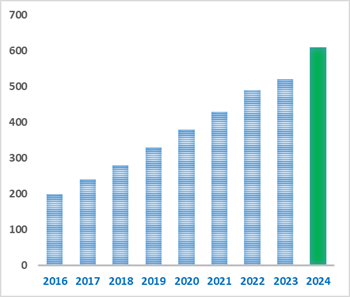
| Cas No. | 120601-66-3 | SDF | Download SDF |
| PubChem ID | N/A | Appearance | Powder |
| Formula | C18H24O10 | M.Wt | 400.4 |
| Type of Compound | Phenylpropanoids | Storage | Desiccate at -20°C |
| Solubility | Soluble in Chloroform,Dichloromethane,Ethyl Acetate,DMSO,Acetone,etc. | ||
| General tips | For obtaining a higher solubility , please warm the tube at 37 ℃ and shake it in the ultrasonic bath for a while.Stock solution can be stored below -20℃ for several months. We recommend that you prepare and use the solution on the same day. However, if the test schedule requires, the stock solutions can be prepared in advance, and the stock solution must be sealed and stored below -20℃. In general, the stock solution can be kept for several months. Before use, we recommend that you leave the vial at room temperature for at least an hour before opening it. |
||
| About Packaging | 1. The packaging of the product may be reversed during transportation, cause the high purity compounds to adhere to the neck or cap of the vial.Take the vail out of its packaging and shake gently until the compounds fall to the bottom of the vial. 2. For liquid products, please centrifuge at 500xg to gather the liquid to the bottom of the vial. 3. Try to avoid loss or contamination during the experiment. |
||
| Shipping Condition | Packaging according to customer requirements(5mg, 10mg, 20mg and more). Ship via FedEx, DHL, UPS, EMS or other couriers with RT, or blue ice upon request. | ||

Regaloside D Dilution Calculator

Regaloside D Molarity Calculator
| 1 mg | 5 mg | 10 mg | 20 mg | 25 mg | |
| 1 mM | 2.4975 mL | 12.4875 mL | 24.975 mL | 49.95 mL | 62.4376 mL |
| 5 mM | 0.4995 mL | 2.4975 mL | 4.995 mL | 9.99 mL | 12.4875 mL |
| 10 mM | 0.2498 mL | 1.2488 mL | 2.4975 mL | 4.995 mL | 6.2438 mL |
| 50 mM | 0.05 mL | 0.2498 mL | 0.4995 mL | 0.999 mL | 1.2488 mL |
| 100 mM | 0.025 mL | 0.1249 mL | 0.2498 mL | 0.4995 mL | 0.6244 mL |
| * Note: If you are in the process of experiment, it's necessary to make the dilution ratios of the samples. The dilution data above is only for reference. Normally, it's can get a better solubility within lower of Concentrations. | |||||

Calcutta University

University of Minnesota

University of Maryland School of Medicine

University of Illinois at Chicago

The Ohio State University
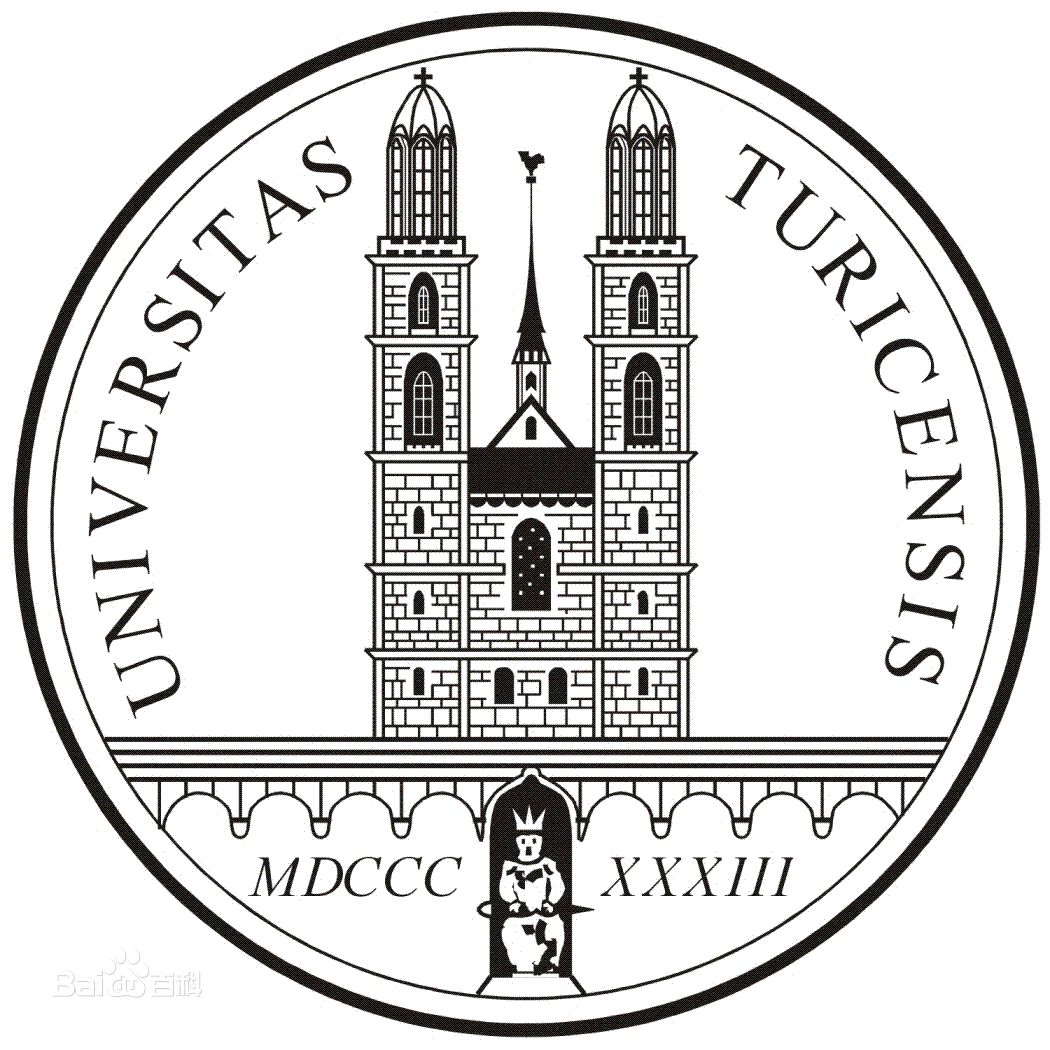
University of Zurich

Harvard University

Colorado State University
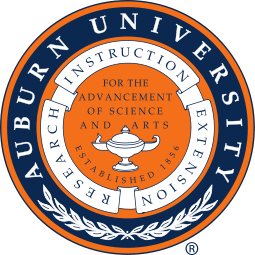
Auburn University

Yale University

Worcester Polytechnic Institute

Washington State University

Stanford University

University of Leipzig
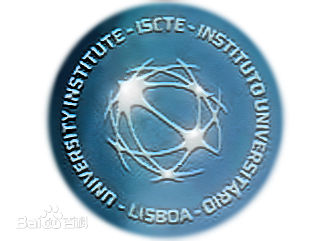
Universidade da Beira Interior
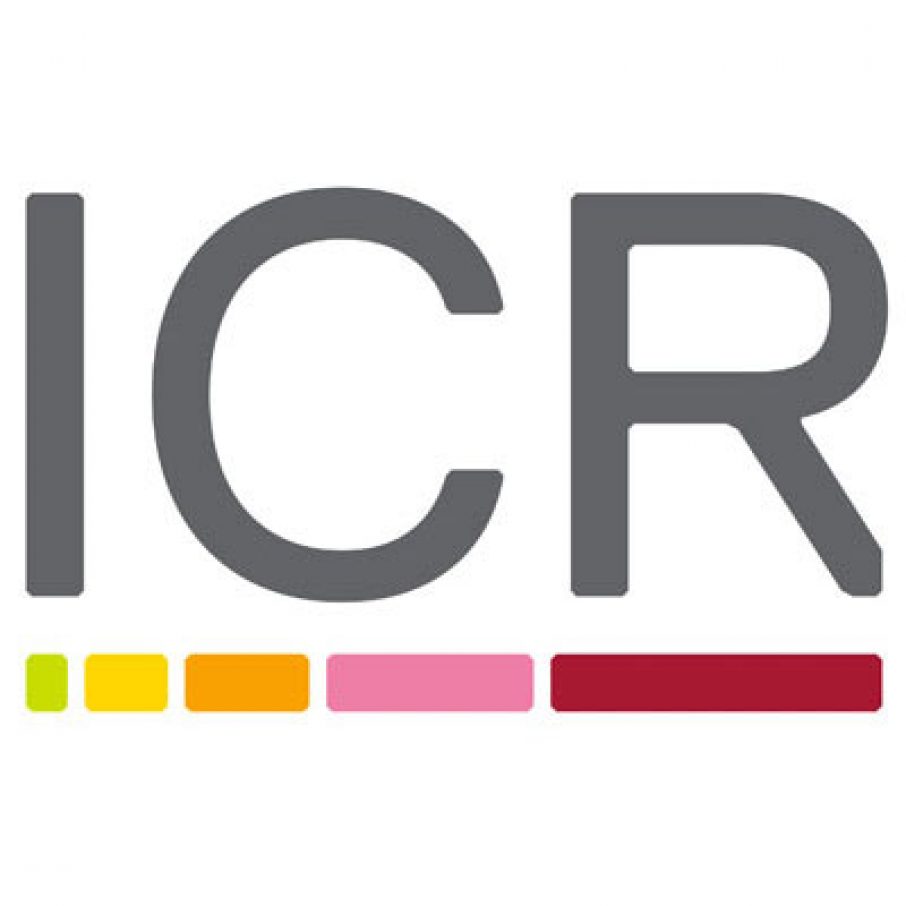
The Institute of Cancer Research

Heidelberg University

University of Amsterdam

University of Auckland

TsingHua University
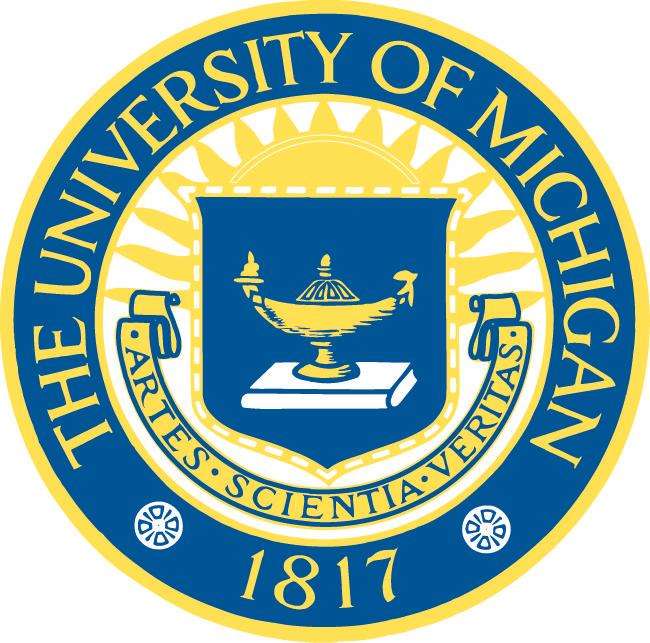
The University of Michigan

Miami University
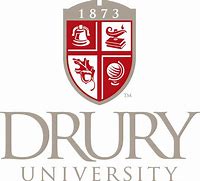
DRURY University
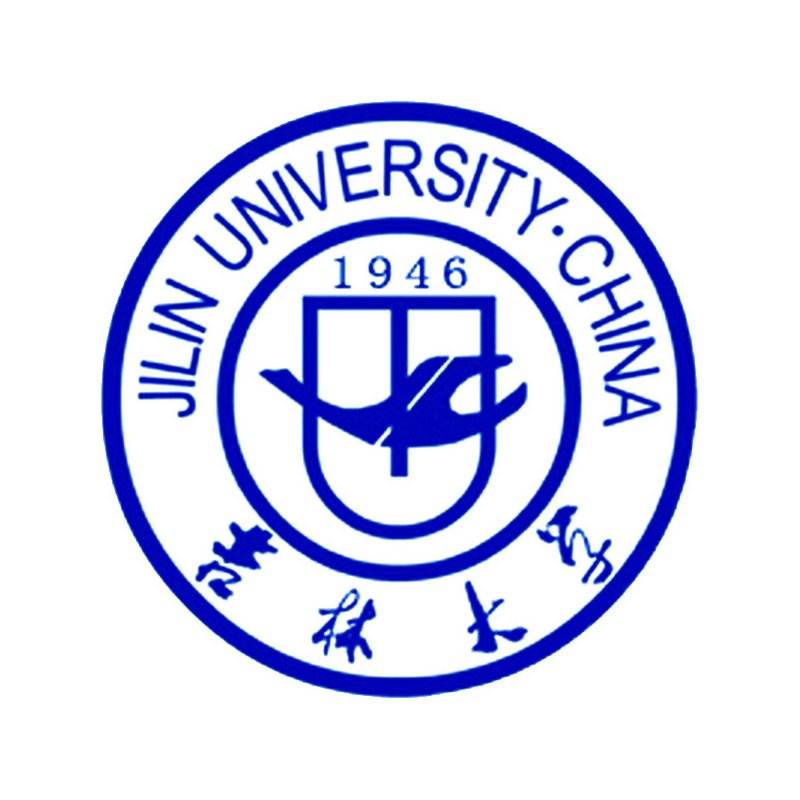
Jilin University

Fudan University

Wuhan University

Sun Yat-sen University

Universite de Paris

Deemed University

Auckland University

The University of Tokyo

Korea University
- Damulin A
Catalog No.:BCN9009
CAS No.:1202868-74-3
- Achyranthoside D
Catalog No.:BCN9008
CAS No.:168009-91-4
- Delphinidin-3-O-rhamnoside chloride
Catalog No.:BCN9006
CAS No.:29907-19-5
- Peonidin-3-O-rutinoside chloride
Catalog No.:BCN9005
CAS No.:27539-32-8
- Cyanidin-3-O-sambubioside-5-O-glucoside chloride
Catalog No.:BCN9003
CAS No.:53925-33-0
- Apigeninidin chloride
Catalog No.:BCN9002
CAS No.:1151-98-0
- Fisetinidin chloride
Catalog No.:BCN9001
CAS No.:2948-76-7
- Kaempferidinidin chloride
Catalog No.:BCN9000
CAS No.:13544-52-0
- Quercetagetinidin chloride
Catalog No.:BCN8999
CAS No.:42529-06-6
- Hemiphloin
Catalog No.:BCN8998
CAS No.:71963-94-5
- Gypenoside LI
Catalog No.:BCN8997
CAS No.:94987-10-7
- Rheumone B
Catalog No.:BCN8996
CAS No.:2095596-67-9
- 4'-hydroxy-6,7,8,3'-tetramethoxyflavonol
Catalog No.:BCN9011
CAS No.:1879030-01-9
- 4-O-Cinnamoylquinic acid
Catalog No.:BCN9012
CAS No.:5509-70-6
- Gypenoside L
Catalog No.:BCN9013
CAS No.:94987-09-4
- Luteolinidin chloride
Catalog No.:BCN9014
CAS No.:1154-78-5
- Diosmetinidin chloride
Catalog No.:BCN9015
CAS No.:64670-94-6
- Cyanidin-3-O-lathyroside chloride
Catalog No.:BCN9016
CAS No.:31073-32-2
- Delphinidin-3-O-sambubioside-5-O-glucoside chloride
Catalog No.:BCN9017
CAS No.:36415-91-5
- Isofutoquinol A
Catalog No.:BCN9018
CAS No.:62499-70-1
- Regaloside B
Catalog No.:BCN9019
CAS No.:114420-67-6
- Regaloside A
Catalog No.:BCN9020
CAS No.:114420-66-5
- Guibourtinidin chloride
Catalog No.:BCN9021
CAS No.:23130-31-6
- Peonidin-3,5-O-diglucoside chloride
Catalog No.:BCN9022
CAS No.:132-37-6
Purification of Phenylpropanoids from the Scaly Bulbs of Lilium Longiflorum by CPC and Determination of Their DPP-IV Inhibitory Potentials.[Pubmed:32149232]
ACS Omega. 2020 Feb 20;5(8):4050-4057.
The scaly bulbs of Lilium longiflorum (Liliaceae) are used as a food ingredient and a traditional medicine in East Asia. A preliminary study revealed that treatment with 100 mug/mL of the ethyl acetate fraction of this plant material inhibited dipeptidyl peptidase IV (DPP-IV) to 58.99%. Phytochemical studies were conducted to identify the active ingredient, and five compounds, namely, 1 (2.9 mg, 75.8% purity at 320 nm), 2 (12.2 mg, 97.9% purity at 320 nm), 3 (3.1 mg, 66.5% purity at 320 nm), 4 (6.8 mg, 96.9% purity at 320 nm), and 5 (6.2 mg, 90.2% purity at 320 nm) were purified from 200 mg of the ethyl acetate fraction of L. longiflorum via centrifugal partition chromatography (CPC) with a two-phase solvent system composed of chloroform/methanol/isopropanol/water (5:2:2:4, v/v/v/v) in an ascending mode. Their structures were identified as 1-O-p-coumaroyl-2-O-beta-glucopyranosylglycerol (Regaloside D, 1), 3,6'-O-diferuloylsucrose (2), 1-O-p-coumaroyl-2-O-beta-glucopyranosyl-3-O-acetylglycerol (regaloside B, 3), 1-O-p-coumaroylglycerol (4), and 4-O-acetyl-3,6'-O-diferuloylsucrose (5), respectively, by (1)H and (13)C NMR and MS analysis. Compounds 2 and 5 exhibited DPP-IV inhibitory activities with IC50 values of 46.19 and 63.26 muM, respectively. Compounds 1, 3, and 4 did not show activities, indicating that biphenylpropanoids linked via the sugar moiety are more effective than phenylpropanoids with glycerol or glyceryl glucoside. This is the first report of simultaneous separation of five phenylpropanoids from L. longiflorum by CPC and evaluation of their DPP-IV inhibitory activities.


